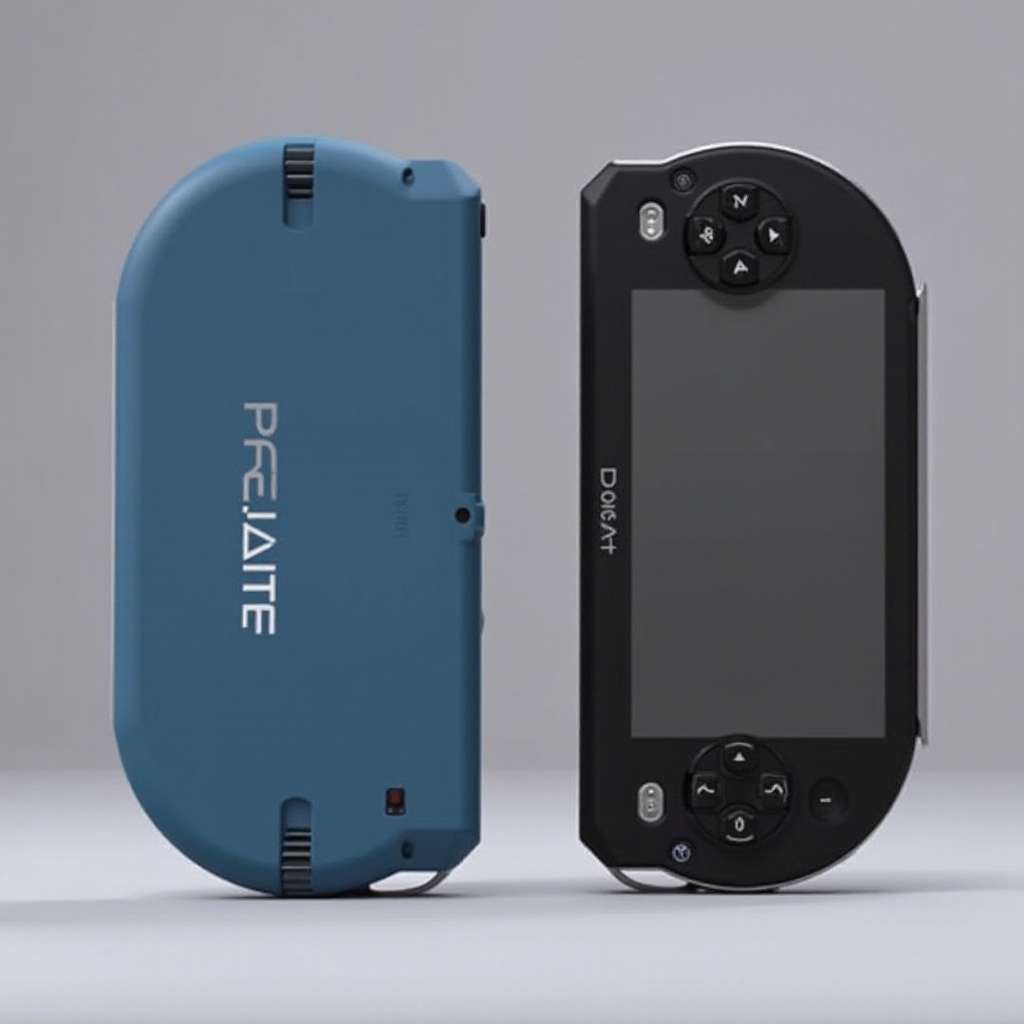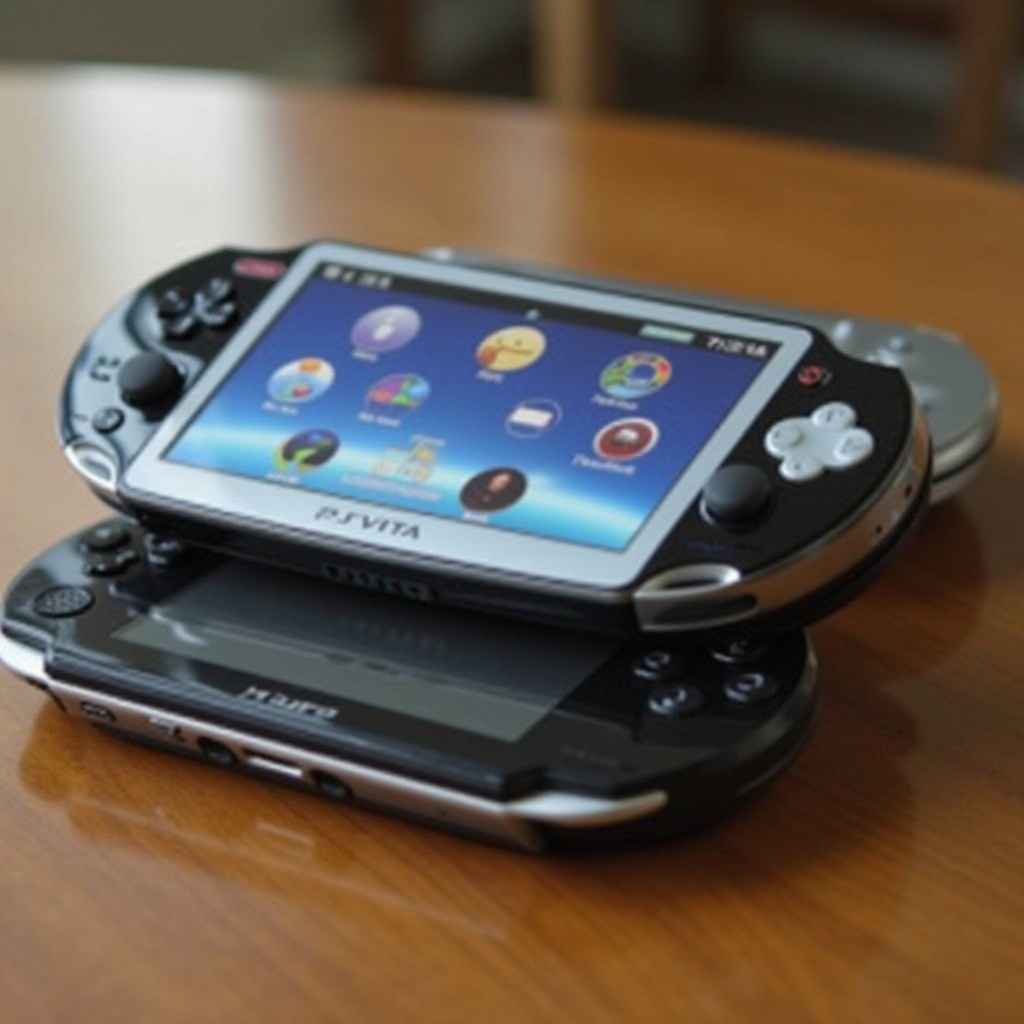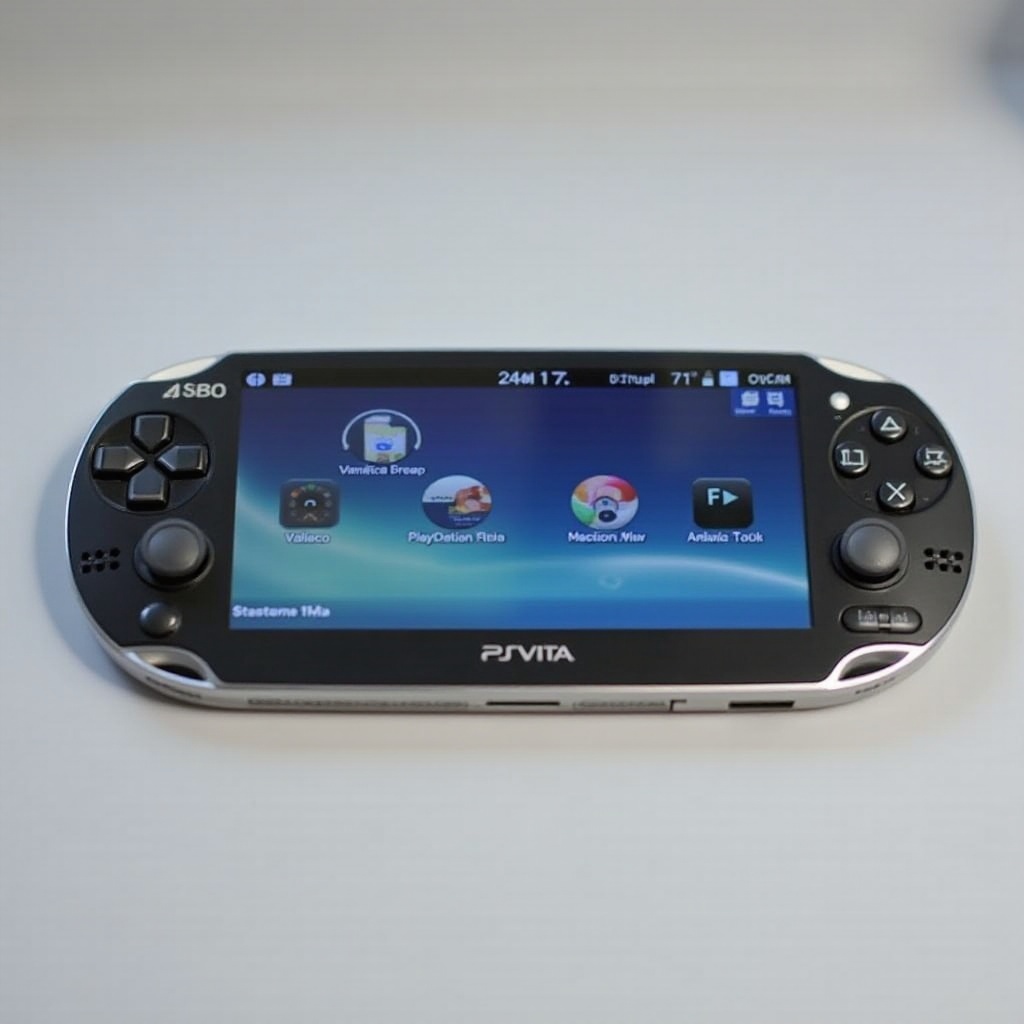Introduction
The PlayStation Portable (PSP) and the PlayStation Vita are iconic handheld consoles that continue to hold a special place in the hearts of gamers. Sony crafted these devices to offer rich gaming experiences on the go, setting a standard for portable gaming. Each device brought its own innovations and strengths to the table. This guide will explore their evolution, highlighting design, performance, game libraries, features, and user experiences, so you can decide which is best suited to your gaming preferences.

The Evolution of Sony’s Handheld Consoles
Sony introduced the PSP in 2004, opening new horizons for portable gaming with its cutting-edge multimedia capabilities and widescreen format. Its ability to provide a console-like experience on the go won over millions of fans, showcasing a clear demand for high-quality handheld gaming. This success paved the way for future advancements and set high expectations.
Fast forward to 2011, and Sony launched the PlayStation Vita, seeking to enhance what the PSP started. The Vita brought advanced graphics, better controls, and touchscreen technology into the mix. It marked an important evolution in handheld gaming, highlighting Sony’s dedication to innovation and addressing the new era’s demands.
Design and Build Quality
Exploring the design of the PSP and PlayStation Vita reveals thoughtful progress and adaptation.
-
‘PSP’s Aesthetic and Ergonomics:’: The PSP aimed for a combination of portability and comfort. Its sleek, compact design was paired with a comfortable grip and a widescreen LCD that created an engaging gaming experience. Some players found the control layout challenging for more complex games, but overall, it was adored for providing immersive gameplay.
-
‘Modern Design of PlayStation Vita:’: With the Vita, Sony addressed many of the PSP’s minor issues. It featured a rounded, ergonomic build that improved user comfort during long sessions. The addition of dual analog sticks, front and rear touchpads, and an expansive OLED screen brought a fresh and modern aesthetic to handheld gaming. These improvements were in response to the needs voiced by the gaming community and pushed forward the potential for interaction.
The thoughtful design changes from the PSP to the Vita illustrate Sony’s commitment to enhancing user comfort and enriching the gaming experience through innovation.

Hardware and Performance
The leap in performance from the PSP to the PlayStation Vita exemplifies Sony’s drive to keep pace with technological advancements and gamer expectations.
-
‘Processing Power and Technical Specifications of PSP:’: Armed with a 333 MHz CPU, the PSP delivered impressive graphics and performance for its time. With 32 MB of RAM (upgraded to 64 MB in later models), it supported games that were both visually and interactively engaging, making it a favorite among early adopters.
-
‘Advanced Hardware Capabilities of PlayStation Vita:’: The PlayStation Vita made significant strides in performance with its quad-core ARM Cortex-A9 processor and dedicated GPU. This allowed the Vita to offer console-quality graphics in a portable form factor. The device was further enhanced with 512 MB of RAM and 128 MB of VRAM, facilitating superior graphics rendering and smoother gameplay transitions.
This transition in hardware performance underscores Sony’s focus on delivering outstanding gaming experiences that keep pace with evolving technological standards.

Game Libraries and Compatibility
The gaming libraries and compatibility options available on the PSP and Vita are crucial factors in evaluating their appeal and utility to gamers.
-
‘Popular Titles and Games on PSP:’: The PSP offered a vast array of games, including hits like ‘God of War: Chains of Olympus,’ ‘Grand Theft Auto: Liberty City Stories,’ and ‘Daxter.’ The console supported UMDs for physical games and movies, enriching its multimedia appeal.
-
‘Exclusive Titles and Cross-Play Options on PlayStation Vita:’: In contrast, the Vita expanded on this library by offering both digital downloads and backward compatibility with many PSP titles via the PlayStation Store. It featured standout games such as ‘Uncharted: Golden Abyss’ and ‘Persona 4 Golden.’ Its integration with the PlayStation Network introduced cross-play capabilities, allowing much-valued continuity for gamers across devices.
These differences in game availability and digital integration highlight Sony’s strategic shift towards maximizing accessibility and supporting previous titles in a digital format.
Features and Functionality
Examining the features and functionality of these devices reveals the breadth of experiences they brought to the table.
-
‘Multimedia and Connectivity Features of PSP:’: The PSP revolutionized handheld gaming with capabilities beyond gaming, such as music playback, video viewing, and photo storage. Its Wi-Fi compatibility allowed for multiplayer gaming and internet browsing, making it a versatile entertainment device.
-
‘Enhanced Functionalities and Network Capabilities of PlayStation Vita:’: The Vita took these features further by introducing touch and motion controls, dual cameras, and optional 3G connectivity, enhancing online interactions and multiplayer options. The ability to serve as a PS4 companion through Remote Play further solidified its status as a multifunctional device.
These enhanced functionalities from the PSP to the Vita emphasized Sony’s commitment to creating a comprehensive gaming and multimedia device.
User Experience and Community Feedback
The user experiences and community feedback for these consoles offer valuable insights into their impact and legacy.
-
‘PSP User Experience and Market Impact:’: The PSP was lauded for its broad multimedia capabilities and robust game library. While ergonomic controls and battery life occasionally drew criticism, its overall popularity underscored its significant market influence at the time.
-
‘PlayStation Vita’s Reception and Community Insights:’: The Vita impressed users with its advanced controls and high-resolution graphics. Criticisms often centered on the high costs of proprietary memory cards and a limited number of flagship game titles. Despite such drawbacks, it maintained a dedicated following appreciative of its diverse functions and seamless connectivity with other Sony consoles.
Examining user feedback for both handhelds reveals each device’s contributions to establishing Sony as a leader in the portable gaming world.
Conclusion
In comparing the PlayStation Vita to the PSP, we see how two unique devices from the same family broadened the horizons of handheld gaming. The PSP introduced a new way to experience games on the go, while the PlayStation Vita expanded possibilities with improved technology and additional features. Both devices cater to different needs and preferences, but their shared lineage underscores Sony’s influence and enduring legacy in the handheld gaming sector. Whether you seek the PSP’s classic multimedia features or the Vita’s enhanced capabilities, both consoles offer rewarding experiences tailored to different types of gamers.
Frequently Asked Questions
Can you play PSP games on a PlayStation Vita?
Yes, the PlayStation Vita supports digital PSP games via the PlayStation Store, allowing players to enjoy many PSP classics on a newer platform.
Which has better graphics, PSP or PlayStation Vita?
The PlayStation Vita boasts superior graphics thanks to its advanced quad-core processor and GPU, providing sharper and more detailed visuals compared to the PSP.
Is the PlayStation Vita still worth buying in 2024?
For those interested in a rich library of exclusive games and the ability to play PSP games, the Vita remains a compelling handheld option despite its age.

